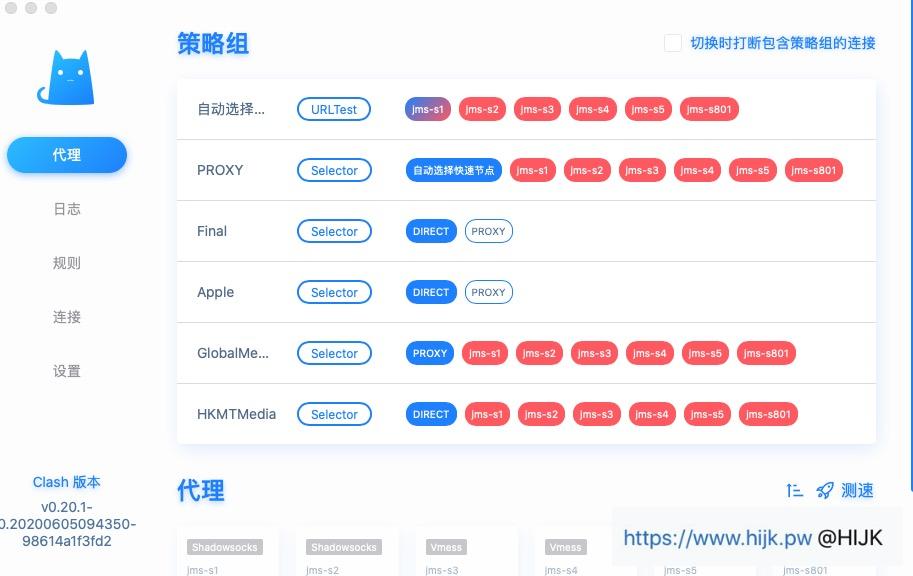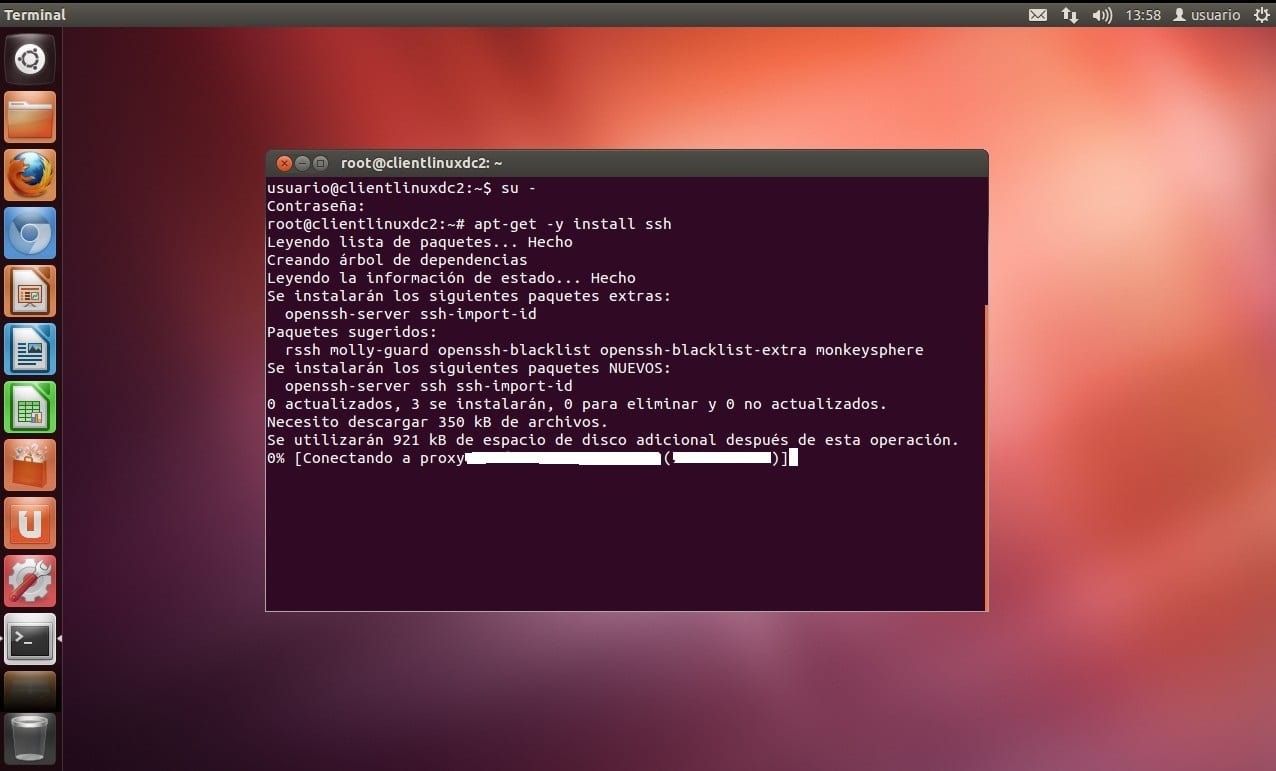

You may set the all_proxy environment variable to let curl and pacman (which uses curl) use your socks5 proxy: An example minimum configuration looks like this:

If using tsocks, the configuration takes place in /etc/nf. Where program can be any program already installed on your system (e.g. Then, proxychains-ng can be launched with For example, if you are using the same SOCKS5 proxy as above, you will have to replace the last line by: You may have to uncomment the last line (set by default to use Tor), and replace it with the parameters of the SOCKS proxy. If using proxychains-ng, the configuration takes place in /etc/nf. For example, if a SOCKS5 proxy is running on localhost port 8080, put 127.0.0.1 in the SOCKS Host field, 8080 in the Port field, and validate.
#Clashx terminal proxy manual#
Choose Manual Proxy Configuration, and set the SOCKS Host (and only this one, make sure the other fields, such as HTTP Proxy or SSL Proxy are left empty). In Firefox, you can use the SOCKS proxy in the menu Preferences > Network > Settings.
#Clashx terminal proxy software#
Software supporting SOCKS proxy servers can simply be configured to connect to PORT on localhost. This specifies that traffic on the local PORT will be forwarded to the remote HOST. For a simple proxy, ssh with port forwarding can be used.Ĭonnect to a server (HOST) on which you have an account (USER) as followsįor PORT, choose some number which is not an IANA registered port.

tinyproxy is a small, efficient HTTP/SSL proxy daemon.Privoxy is an anonymizing and ad-blocking proxy.Squid is a very popular caching/optimizing proxy.bashrc (thanks to Alan Pope for original script idea) The project is inspired from Alan Pope's idea of making a script.Īlternatively you can automate the toggling of the variables by adding a function to your. It also handles proxy configurations of other software like git, npm, Dropbox, etc. For example, Chromium browser will make use of the variables set using this method while running XFCE.Īlternatively, there is a tool named proxyman-git AUR which claims to configure system-wide proxy settings easily. This method is helpful while using a desktop environment like Xfce which does not provide an option for proxy configuration. The script has to be then made executable. If the proxy environment variables are to be made available to all users and all applications, the above mentioned export commands may be added to a script, say proxy.sh inside /etc/profile.d/. Some programs look for the all caps version of the environment variables.
#Clashx terminal proxy how to#
).īelow is an example on how to set these variables in a shell:Įxport no_proxy="localhost,127.0.0.1," Some programs, such as wget and (used by pacman) CURL, use environment variables of the form protocol_proxy to determine the proxy for a given protocol (e.g. Reason: To export the environment everywhere (more or less), they could be set in /etc/environment, /etc/environment.d/*.conf and ~/.config/environment.d/*.conf.


 0 kommentar(er)
0 kommentar(er)
